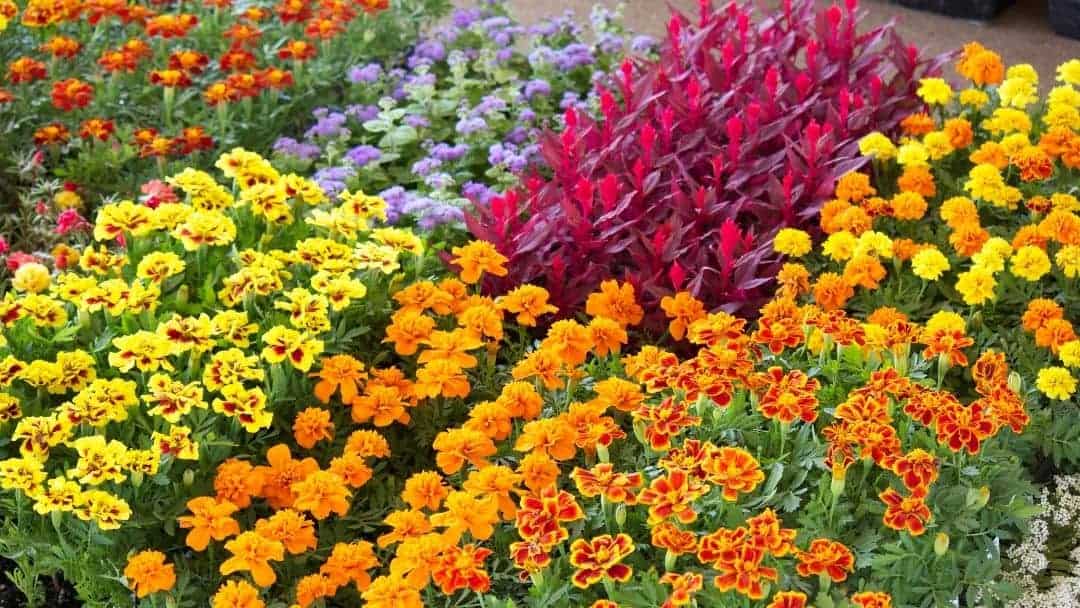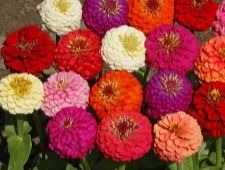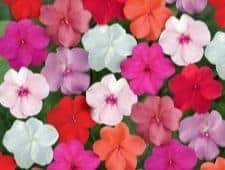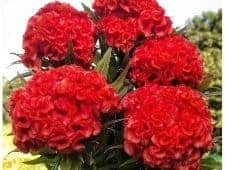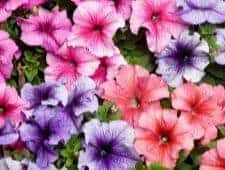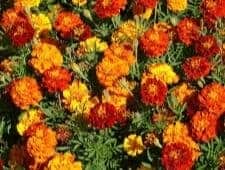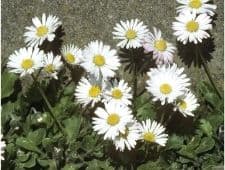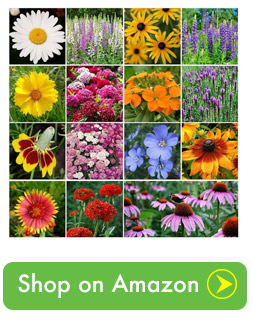In this article, we will discuss how bedding plants can help you grow a beautiful garden, and give some tips on how to get them started. Bedding plants are used to cover an area completely by planting a variety of different plants together in a single garden bed. They are often planted in neat rows to provide an edge around other landscaping features. We’ll start off with discussing what types of bedding plants people commonly use and then move onto caring for them once they’re planted!
The Many Different Types of Bedding Plants
It’s common to choose bright and colorful flowers to mix together in a garden bed. The goal is to cover an area with foliage and flower throughout the season to create a beautiful landscape accent. Some of the top bedding plants you can choose from include:
- Zinnias: These are some of the most popular bedding plants because they’re easy to grow. They also bloom for a long time and come in many different colors! You can buy zinna seed online and they will produce seed that comes back each year in the right conditions, even though it’s an annual plant. The stem of this plant is adorned with a colorful flower in shades of red, purple, yellow or pink.
- Impatiens: Another plant that is well known for its ease of growth, is the impatiens flower. These are often used when you want lots of color in your garden bed without having any one particular dominant flower type as there are more than 1,000 different types of flower in this genus!
- Celosia: This is another type of bedding plant that comes with various heights, so it’s great if you have a small space or need something low growing but still colorful to mix in with your other bedding plants.
- Daffodils: Daffodils are an easy perennial that grows in most regions of North America. Blooming early, these flowers also make for great springtime cut flowers! Daffodil plants may be a showy yellow or white with six petals and central corona, but many cultivated varieties exist today.
- Petunias: Petunias are pretty picky about watering. They will experience root rot if they get too much water and if they do happen to survive that, before you know it they dry out again! Regardless of the weather conditions or type of soil in which you place petunias, a simple rule is as follows: “Water slightly more often than you’d think you should.” Once you figure out a watering schedule, they’re a beautiful addition to your garden beds and fairly easy to take care of.
There’s many more options available on Amazon as well, including daisies, marigolds and geraniums. Or you could grow something edible as well! Have you ever thought about growing a vegetable as a part of your landscape? Sweet peas make for a wonderful summer bedding plant that will provide fragrance and color to your garden. Sweet pea plants can be grown as ground cover alongside your perennial bulb type flowers like daffodils and tulips. Check out these additional options below for inspiration so you can get busy planting!
Below we’ll discuss how to care for your bedding plants you’ve decided on, beginning at germination and through until they’re an established part of your landscape. Let’s get started!
Growing Bedding Plants from Seed
Growing bedding plants is a lot of fun for a beginning gardener or busy homeowner because they’re fairly easy to care for. You’re provided with a wide selection of bedding plants at any local nursery, which come in all different shapes and sizes making it easy to get started. Many are hardy through the winter and some are perennials that will come back year after year.
Start by buying some seeds from a store or online retailer that specializes in garden seeds and plant bulbs. Some seed packs will have easy instructions but others do not, so if this is the case I recommend reading up on it online before you choose your companion plants. Companions should have similar requirements for:
- Shade
- Soil
- Water
Are you too busy to figure all that out? I get it! Alternatively, you can also buy a wildflower mix that has plants already selected to grow well together for you. Here’s a few options for hybrid seeds on Amazon:
Planting Your Bedding Plants
You can either start them indoors in the winter or directly sow in the area you intend to plant them in after all danger of frost has passed. The latter may be easier because bedding plants tolerate overcrowding and provide the home with a stunning display of flowers throughout the year when planned right.
The soil in raised beds needs to be soaked and loosened up at least six inches or more before sowing seeds. If this is not done the soil will be packed tight and this will prevent root growth. Once you aerate and loosen the soil you can simply spread seeds over the area by hand or with a seed spreader. Gently rake the bed to make sure all seeds are covered when you’re done.
You will need to water frequently and keep areas moist until they germinate, which can take a couple of days or more depending on your area. When planting seedlings you started indoors, set them in place with enough space for their roots so that they still have room and grow without being too crowded together.
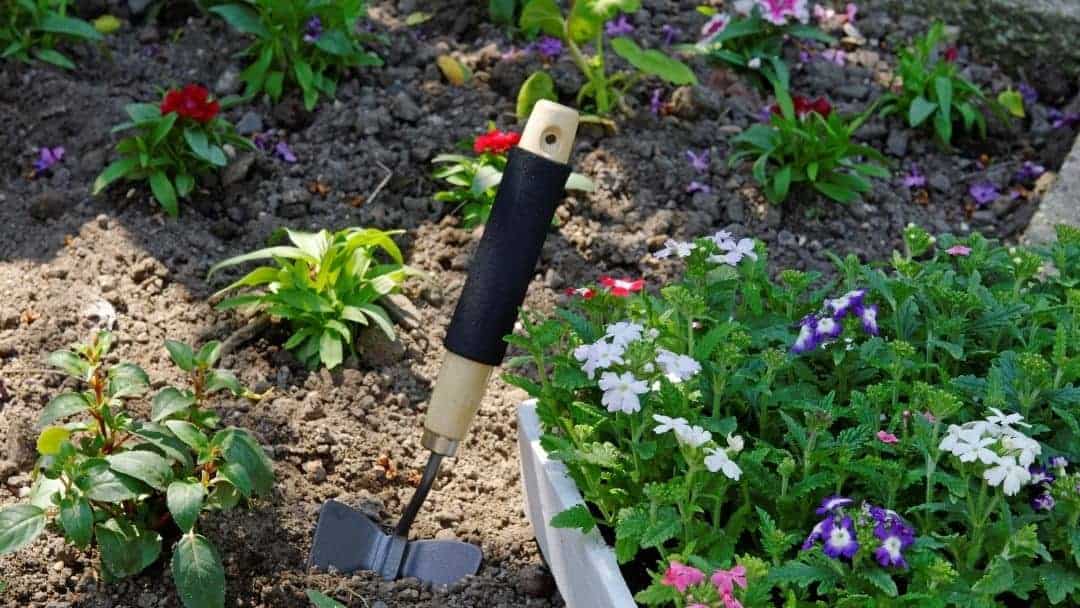
Getting Your Bedding Plants Established
To get your bedding plants to the next level where they are mature and better able to resist disease and pests, you’ll need to provide a few more things than what you’ve done to this point.
The bedding plants will need some organic matter such as compost or aged manure added to the soil when you plant them and a diluted dose of fertilizer is advised once the true leaves start to form. For perennials, apply a final application of compost or manure in the fall when it’s starting to cool down outside.
FAQ About Bedding Plants:
What are the best bedding plants?
The best bedding plants are the ones that match up to the area you plan to plant them in! For shady spots, find a mix of shade tolerant annuals and perennials. For full sun areas, figure out what plants will work best for the conditions. Also think about how much water an area gets and what type of soil you’ll be planting in.
When should I buy bedding plants?
Picking the right time of year to plant is crucial. For bedding plants, the best time to buy is in late winter or early spring. If you wait too long and it gets hotter outside, your plants will wilt in the heat. For perennials, you can also plant many varieties in the fall.
Which bedding plants are perennials?
Typically, you can stick to bedding plants that are sold as bulbs because those tend to be perennial. Grow bedding plants perennially by planting the bulbs in the fall around mid September of whenever advised based on your USDA zone. They’ll grow back year after year, providing a variety of flowers for your garden!
Do bedding plants come back every year?
Even though some of the bedding plants like sunflowers are technically annual, they will go to seed and may come back next year from any seeds that are allowed to drop and germinate later on.
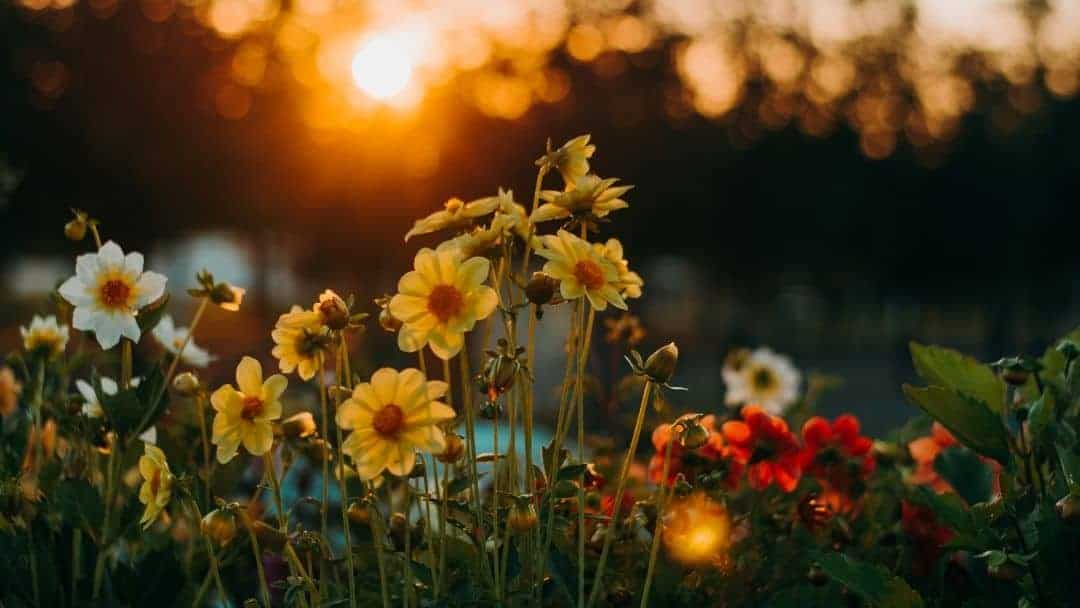
In Conclusion – It’s Time to Enjoy your Garden Bed!
Fresh Flowers Are Beautiful in Every Sense of the Word
To say that flowers are beautiful would just be an understatement of sorts. No doubt, they are beautiful beyond belief and make most of us feel happy when we receive them as a gift. They bring smiles on our faces, bringing joy and good luck to us. They make our life full of colors and cheerful feelings.
It is true that flowers bring feelings, they have the ability to convey many different emotions depending on the occasion. Their colors, aromas and species are significant to our memories. The smell of certain flowers can recall past occasions that make us feel sad, happy, thankful or loved…
Many cultures around the world consider sending flowers as a very special way to show someone love. Roses are considered to be the finest of flowers because they are beautiful flowers with an abundant measure of nectar; their petals are so attractive and there is so much variety of colors that you can choose them according to your style.
And yet, not all flowers come from the rose family! Many of the same flowers you can plant in your garden bed are the same ones we see commonly in arrangements prepared by a professional florist.
Daffodil springs are yellow and extremely fragrant flowers which make a great addition to your kitchen table when cut fresh and placed in a vase.They are white or purple flowers with small tubular florets and very attractive blooms.
Dutch Iris flowers are another great option for arrangements. They are drought resistant and well adapted to home gardens. They are also said to have a calming and relaxing influence on the mind.
Did you enjoy this article? Check out the rest of our gardening content by visiting our Blog!

